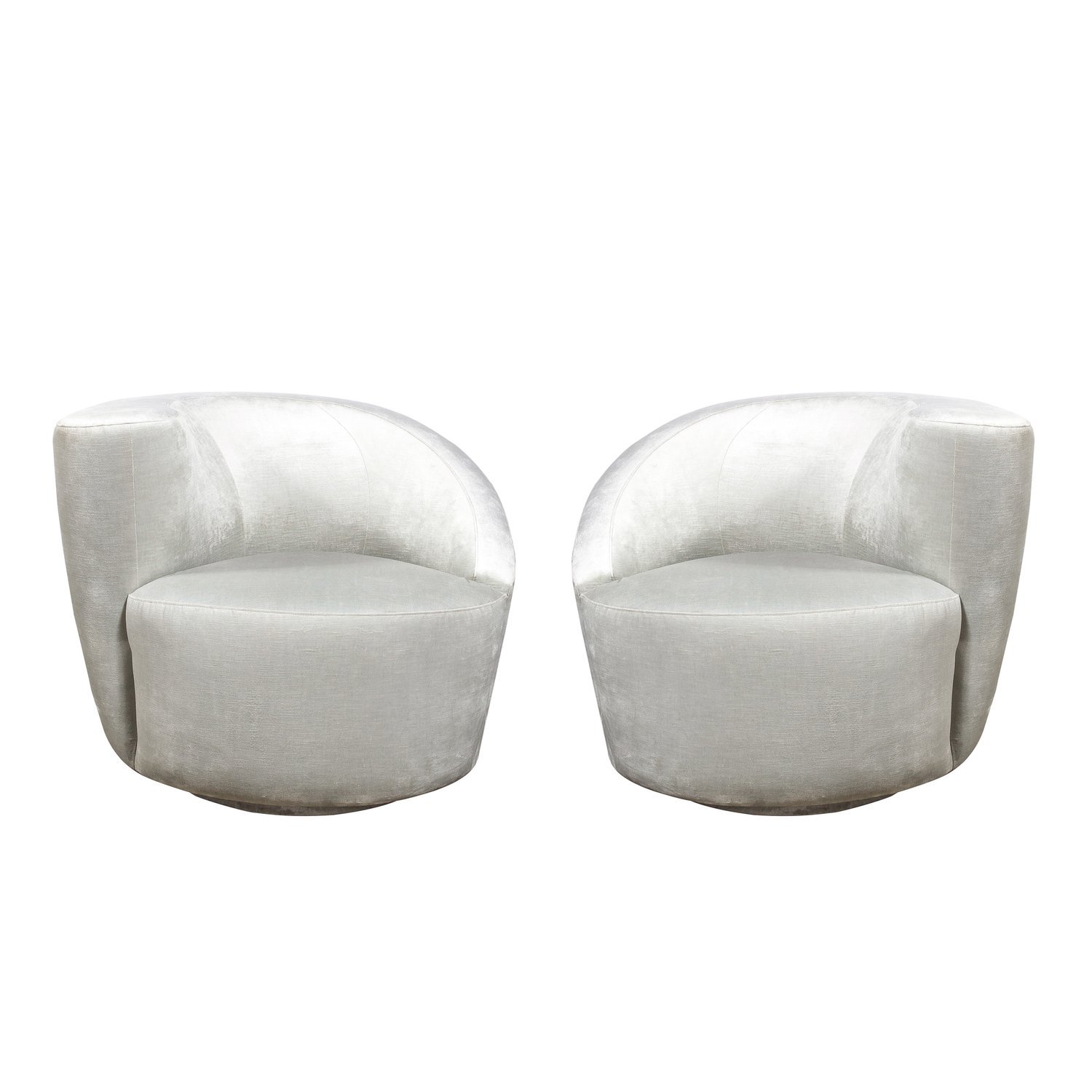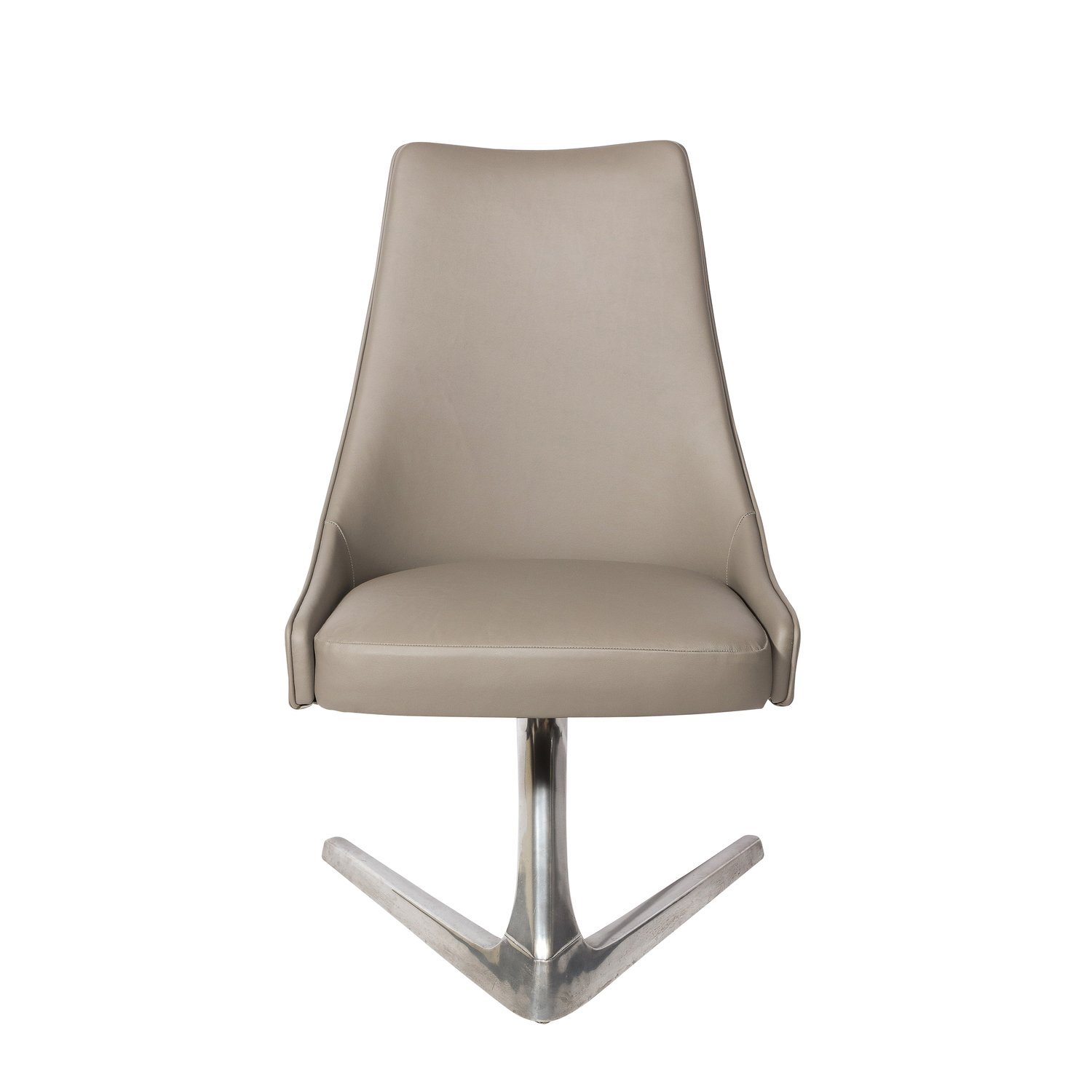VLADIMIR KAGAN
Vladimir Kagan, born on August 29, 1927, in Worms, Germany, is celebrated as a pivotal figure in modern furniture design. His creative journey began upon his arrival in the United States in 1938, driven by a burgeoning interest in painting, sculpture, and later, architecture and design. He studied architecture at Columbia University before joining his father, a master cabinetmaker, to hone his skills in furniture making starting in 1947.
Kagan’s career took off when he opened his first studio on East 65th Street in New York in 1949, later moving to the more fashionable 57th Street in 1950. He quickly became known for his innovative sculptural furniture, which reshaped American design aesthetics in the mid-20th century. His work caught the attention of an array of high-profile clients, including Marilyn Monroe, Gary Cooper, and corporations like Walt Disney and General Motors.
Throughout his career, Kagan's designs have been widely acclaimed and collected. His pieces are featured in the permanent collections of prestigious institutions such as the V&A Museum in London, the Vitra Design Museum in Germany, and various prominent museums across the United States.
Kagan's unique approach melded form with function, introducing organic shapes and integrating advanced materials that characterized the Modernity movement. His designs from the forties, fifties, and sixties became icons, influencing generations of designers.
In 2009, Kagan was inducted into the Interior Designer Hall of Fame, a testament to his enduring influence on the design world. He also received numerous accolades for his contributions to furniture design, including a Lifetime Achievement Award from the American Society of Furniture Designers.
Beyond his professional accomplishments, Kagan was married to Erica Wilson, a renowned needlework designer. They shared three children and split their time between New York and Nantucket. His legacy extends beyond his designs, having served as a chairman and member on various educational and professional boards, and having taught extensively on the history of modern design.
Vladimir Kagan passed away on April 7, 2016, leaving behind a legacy that continues to inspire both contemporary designers and admirers of classic modern furniture. His autobiography, “The Complete Kagan,” offers insight into the life and work of this influential designer, cementing his role as a key figure in shaping modern American design.
COLLECTION






